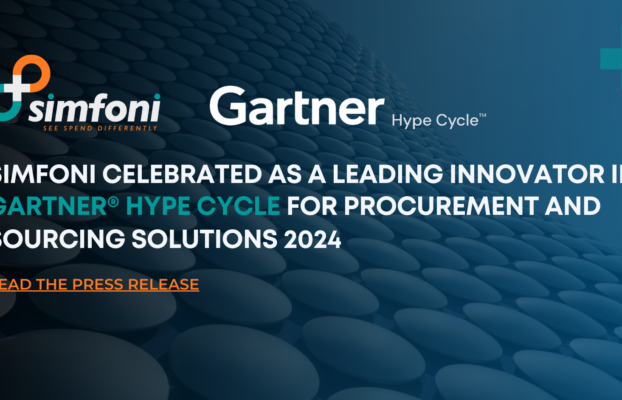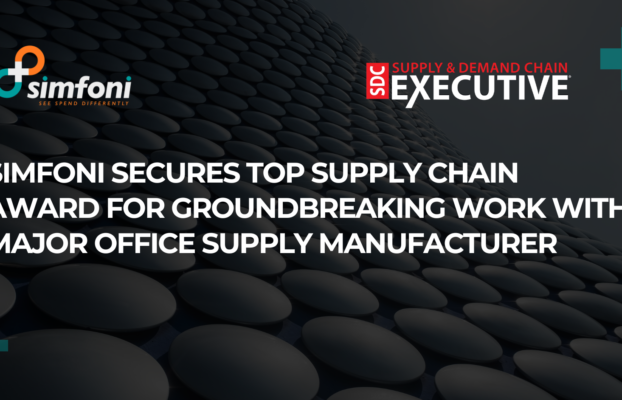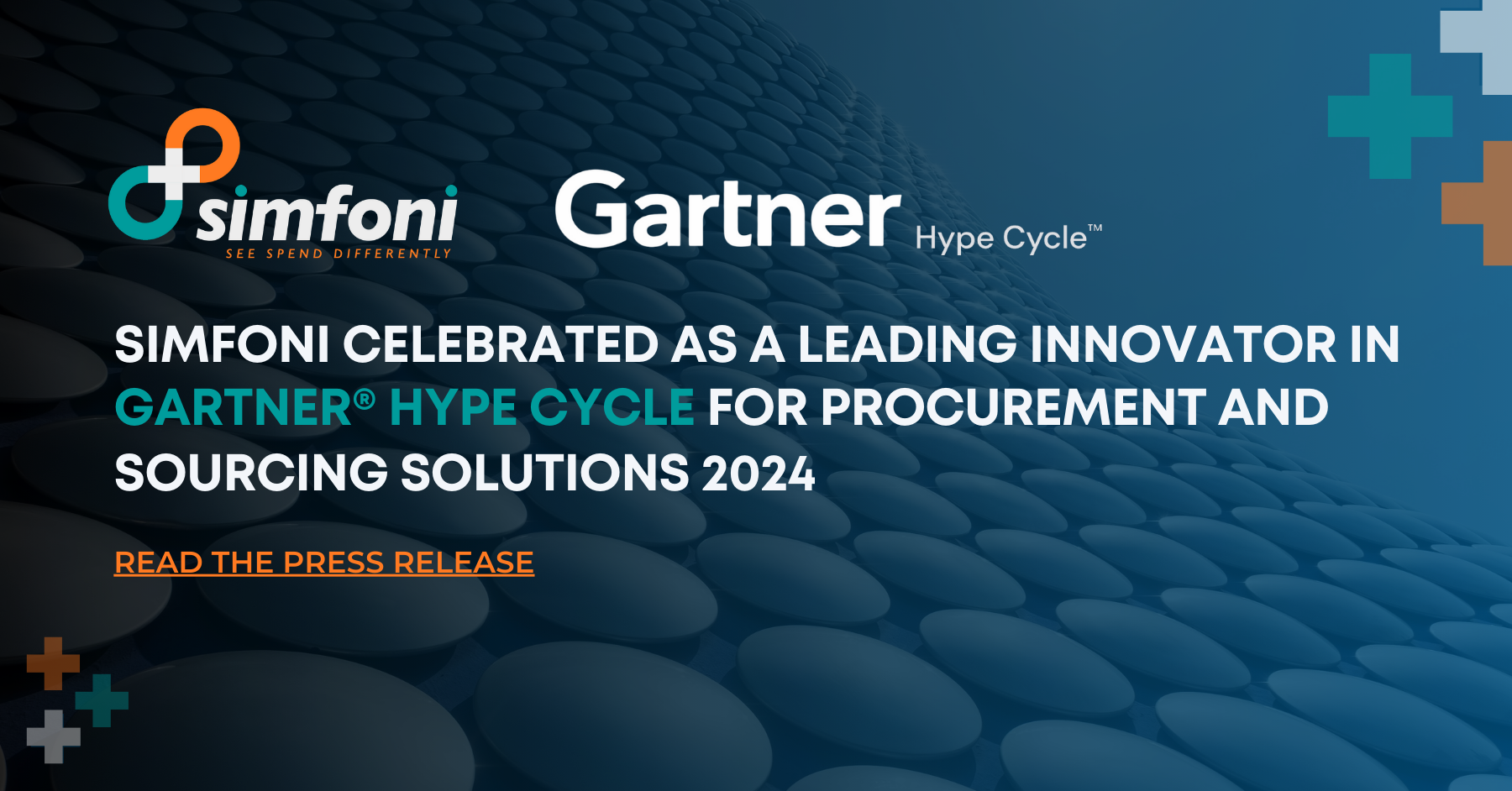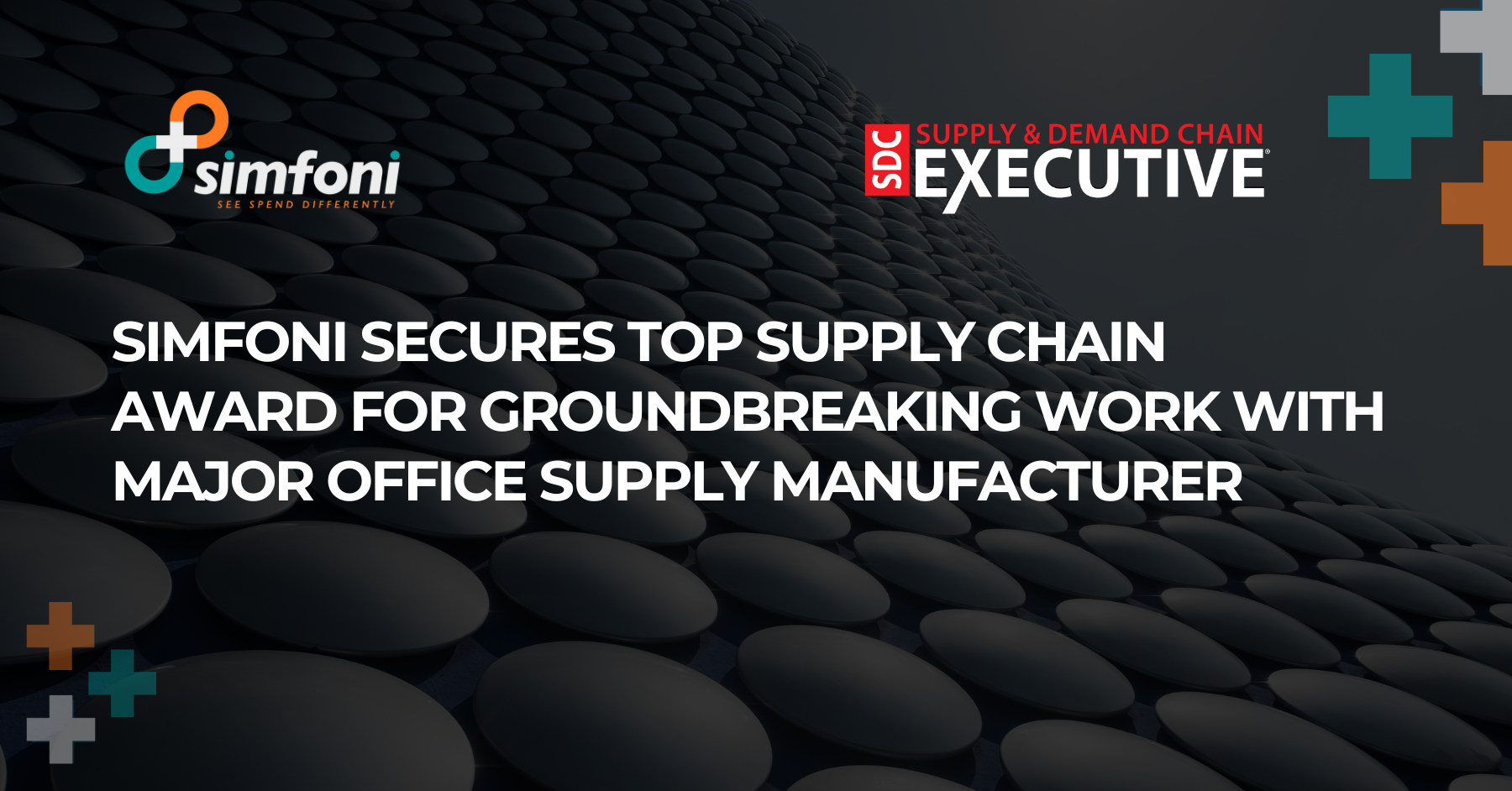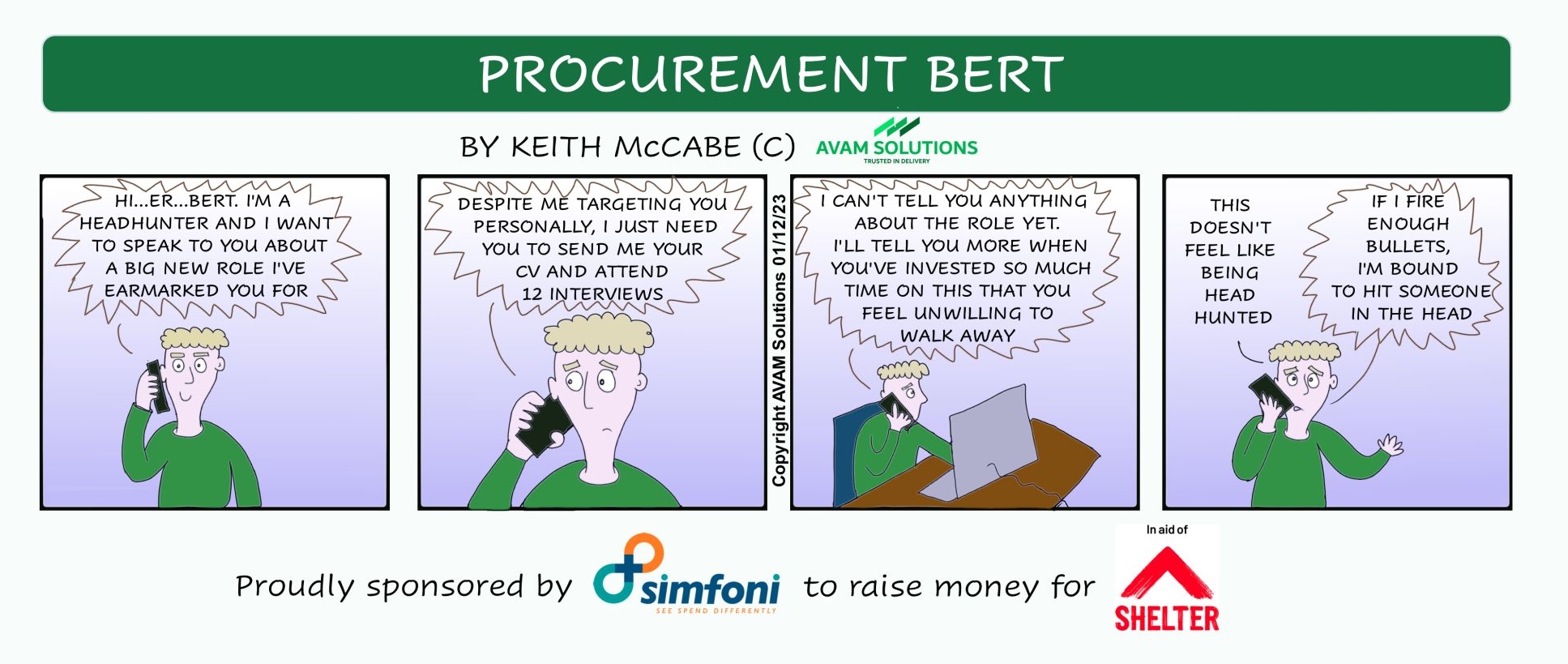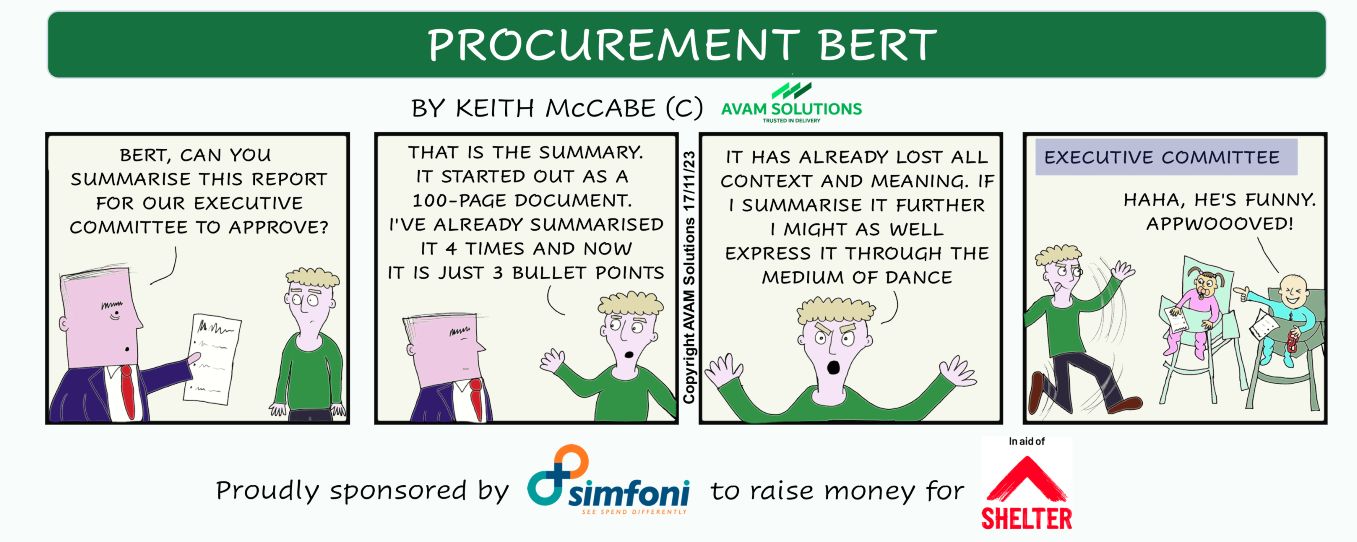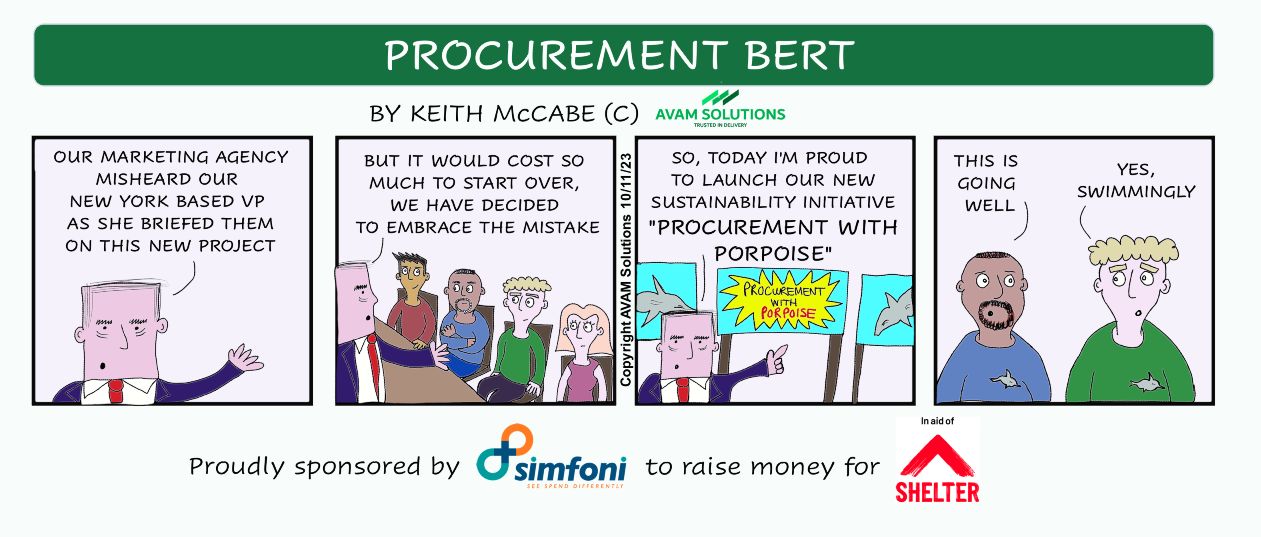Vendors are vital to achieving a company’s objectives because of the growing importance of contingent workers in big organizations.
Depending on the size of a company, it may already be dealing with a few or perhaps hundreds of suppliers for tasks ranging from raw material and labor to fulfillment and even management. A single individual or a team inside a business will have to deal with all of these suppliers’ contracts, pay rates, and contact information, all of which are likely to vary widely.
Despite this, many firms are still unable to adopt or even comprehend the vendor risk management process and what it takes to have a successful vendor risk management program. Consequently, an increasing number of business organizations have begun delegating vendor risk management responsibilities to a managed service provider (MSP).
These tasks not only help provide protection but also a system for management to the lowest level. In this article, we’ll explain precisely what vendor risk management is, how it works, and what any business needs to have a successful program.
What Is Vendor Risk Management?
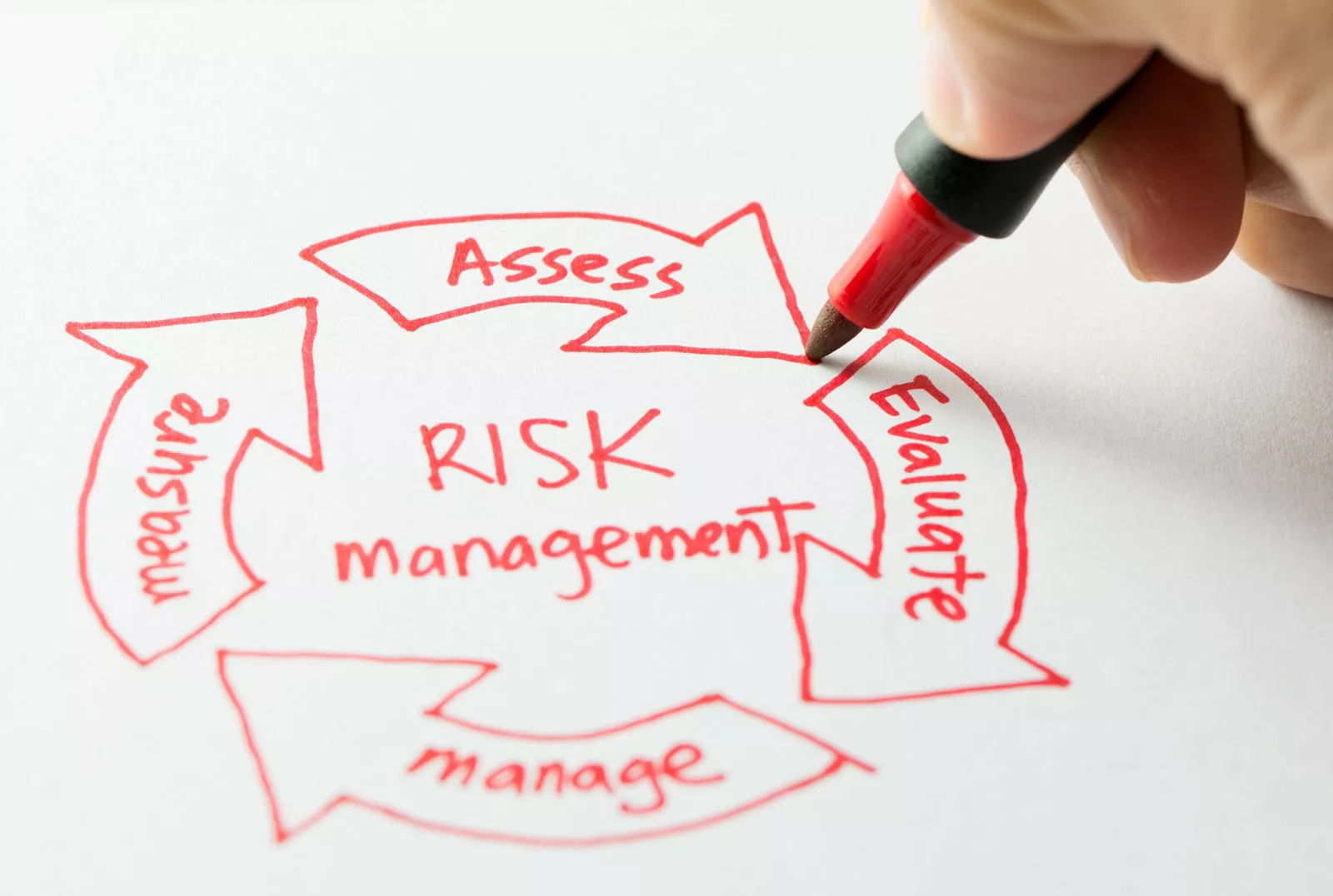
Vendor risk management is a methodology used by a company to identify, analyze, and minimize the risks that are involved with the use of outsourced and 3rd party vendors for a product or a service. Vendor risk management is a way for a company to interact with its third-party vendors and suppliers. It allows businesses to procure a service or a product without allowing the provider to disrupt the supply chain in any way or form. It keeps the performance and efficiency of a business secured and separated from any problems faced by suppliers and can be used to pinpoint the problems when faced with them.
Researching and selecting suppliers, as well as receiving quotations with price and turnaround times as well as the quality of work; negotiating contracts; allocating assignments; reviewing performance; ensuring payments are made, and much more is included in vendor risk management.
For a company, this procedure is very time-consuming and resource-intensive to implement. Finding a vendor that “gets the job done” isn’t enough; a business must analyze its present vendors and in-house procedures to create an efficient and successful system.
Read More:- What is Procurement and How To Optimize Processes, Performance, and Technology?
Why Is Vendor Risk Management Important?
It’s becoming more common for businesses to outsource some of their most important operations to third-party providers. There are advantages and disadvantages to using a third-party provider. Connecting to a vendor may be different depending on the level of access provided and dependency on the vendor.
Vendor Risk Management is directly tied to the functionality of the business. An outage of one service provider should not result in the dysfunctioning of the supply chain and risk management must be in place to make operating smoothly continue with enough room for such cases.
Despite this, procurement is a fundamental part of operating a contemporary company. It not only saves money, but it’s an easy method to tap into skills that a company may not already own. In the long run, though, depending on third parties might put a company in danger if you don’t have a good vendor risk management policy in place.
Having efficient Vendor risk management software may lessen the impact of disruptive events and lower a company’s total risk exposure. VRM, on the other hand, provides considerably more advantages than only lowering risk.
The vendor risk management processes, for example, allow companies to review and onboard new suppliers more quickly, ensuring the correct tools are available to those who need them most quickly possible. Organizations may also monitor their vendor relationships over time, detecting new risks as they occur and monitoring vendor performance using vendor risk management software. Among the many additional benefits of vendor risk management is the capability to
- Hold suppliers to their contractual obligations.
- Find unnecessary third parties and eliminate them to save spending.
- Adhere to all applicable international standards and industry guidelines.
- Understanding data flow and who has access to that data.
- Manage risk reduction initiatives by tracking security controls.
- Maintain records of off-board vendors and off-board suppliers for compliance.
Read More: – What is Source to Pay – A Guide to Source to Pay (S2P) Process
What Are The Benefits Of The Vendor Risk Management Process?

If a company has an excellent vendor risk management program in place, it may reap several advantages. For the success of a business, it must have a well-planned vendor risk management program in place that will help build long-term vendor partnerships and assure the highest return on investment (ROI).
The firm will benefit from vendor risk management in the following ways:
- Decrease the expenditures related to a lack of knowledge about the vendors.
- Implement the best practice to minimize the danger of a bad supplier.
- Enhance performance and make certain that providers complete their obligations and match the stated requirements.
- Enhance the efficiency of the administrative process.
- Do business with providers that can be relied on to deliver results.
- By only associating with suppliers that share the company’s beliefs, it can ensure that the brand’s integrity is maintained.
- The company can get goods and services much more quickly if merchants speed up their onboarding processes.
- An effective vendor risk management program can help any company get access to the best personnel in its field, improve its procedures, and increase income.
Read More:- What is Procure to Pay – A Guide to Procure-to-Pay (P2P) Process
When And How To Use Vendor Risk Management
Successful vendor risk management programs depend on several different factors to work. Among the numerous elements to consider are the amount of time spent, the expertise of the professionals engaged, and full awareness of the ever-changing regulatory landscape. Even the most experienced risk management professional may find it difficult to keep up with all that is required to keep the vendor risk management program successful.
Establishing A Vendor Risk Management Program
It is recommended that a company must begin by implementing the following six steps:
Create Organizational-specific Governance Documents
If the circumstances are particularly complicated, the paperwork required for the program will change accordingly. When it comes to creating a well-documented policy, it needs to start with a basic outline of what’s expected from the company in the future. As the company continues to determine the specifics of its process, having software and desktop processes handy may be a huge assistance! In-depth processes for daily vendor risk management will be included in the program for senior management and the various business divisions, as well as in the procedures themselves.
The Selection Of Vendors Should Be Based On A Specified Procedure
Setting a clear procedure for assessing vendors is essential to the long-term health of the company’s vendor partnerships. When looking for a vendor to deliver a product or service, a company should follow this method. To vet a supplier, the following steps may be taken:
- Sending out a Request for Proposal (RFP)
- Comparing the vendor to other companies
- Risk assessment and other due diligence obligations (which should be outlined in the company policy!)
Establish A Set Of Contractual Guidelines
Consider the fact that not all contracts are the same. It is possible to establish a new vendor partnership using a basic contract form; however, there should be a great deal of discussion and knowledge of both parties’ duties before concluding the contract. Be sure to include a negotiating process, a review and approval procedure, and an understanding of how contracts will be preserved and monitored for critical terms/changes within the organization’s contractual requirements. Vendor risk management relies heavily on robust and comprehensive contracts.
Keep Up With Regular Due Diligence And Continuing Monitoring
Vendor risk management programs are only as robust as the due diligence processes that have been adopted by the company. Continually assess the vendor’s risk and do periodic due diligence. To put it another way, high-risk or vital vendors should be re-evaluated at least once a year, while lower-risk suppliers should have their status checked less often. The contracting company must be aware of any vendor changes that might affect its organization’s exposure to risk. Remember that due diligence isn’t simply about seeking and obtaining papers. Analyzing these papers is an essential step in the vendor risk management procedure. Periodic due diligence would look like this if it were carried out properly:
- As soon as they are issued, review the vendor’s financial statements to ensure they are accurate. The company may observe much more than just lousy figures in shaky financials! This might also be an indication of a reduction in the vendor’s service standards, which is particularly dangerous if your vendor contracts with the business consumers. If the seller goes out of business, this might be a sign that it’s about to happen.
- Continued evaluation of the vendor’s SOC reports business continuity and disaster recovery plans, and information security practices. A company using vendors might lose a lot of business and consumers if its security procedures are incorrect.
- Complete yearly evaluations in a variety of areas, such as risk, performance, and information security.
Create An Internal Vendor Risk Management Audit Methodology
Any vendor risk management software should include an internal audit. Until an examiner comes, it may use this as a catch-all container. Any observed error must be accounted for and checked internally before your assigned auditor notices it. To ensure that the company has the proper safeguards in place, an internal audit may be a useful tool. Many legal bodies and organizations that conduct external audits allow recommend and sometimes require internal audits.
Establish A Thorough Reporting System
To make optimum decisions and to be aware of vendor risk, the board, senior leadership, and relevant stakeholders would benefit immensely from regular reporting. A high-level description of the vendor portfolio and risk assessments, as well as any new rules or continuing due diligence, should all be included in the reporting package. Reporting to the top of the company’s management is not just a good idea; it is required by law!
Final Thoughts
External vendors must be evaluated and procured using a risk management plan that includes evaluating their suppliers. When using this method, the following are the primary concerns of organizations:
1. Frequent risk assessment of their providers and timely implementation of security procedures to mitigate these risks
2. A strong vendor relationship requires the incorporation of vendor risk management practices into client contracts.

